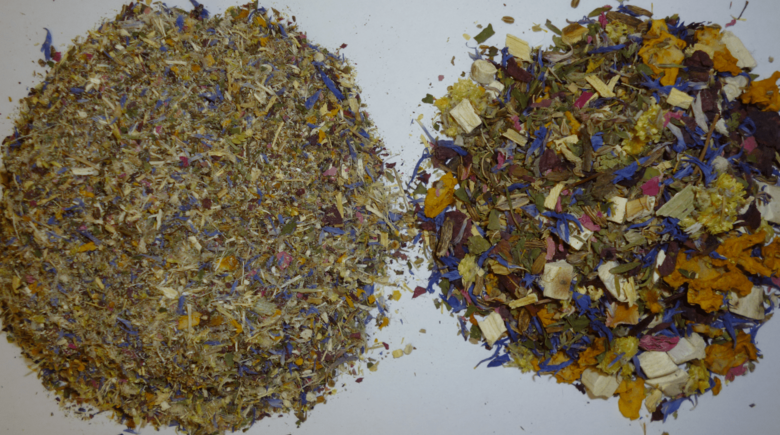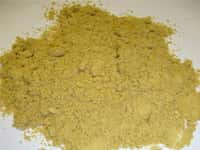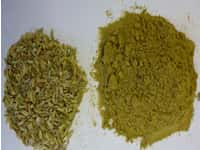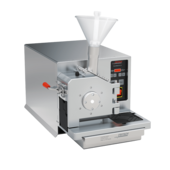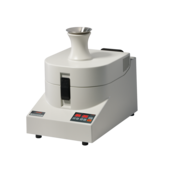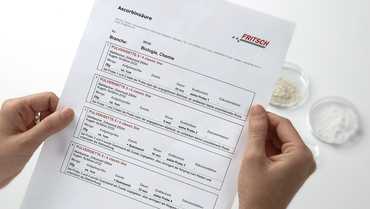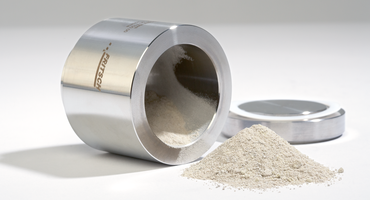Voltar à visão geral
Phytopharmaceuticals, Traditional Chinese Medicine, Natural Cosmetics
Natural ingredients are gaining popularity
Scientists, pharmacists and doctors are increasingly, systematically and more extensively occupied with the components of medical plants as well as the Traditional Chinese Medicine (TCM). They hope to discover in the ingredients new active components against the most various clinical pictures and with the ensuing medication, to systematically eliminate side effects of classic drugs with so called phytopharmaceuticals. Even the cosmetic industry discovered the effects of such medicinal plants for their products. So today in many retail chains, natural cosmetic products like for example bath additives or even pleasant facial lotions with pomegranate or extracts of wild roses can be found.
Traditional medicinal herbs - numerous and controversial
The selection of traditional medical plants is at first glance vast and sheer inexhaustibly. It expands from the well-known camomile and its anti-inflammatory properties to horse chestnut and to hops with its hypnogen effects which are assumedly triggered by the ingredient lupulin. Some medicinal plants and the products produced from these like tinctures, teas or extracts are not completely without controversy and have the approval according to the German, as well as the European Pharmacopoeia in common. This means, all these products must, prior to being sold, proof their quality, effectiveness, as well as their safety to the German authorising authorities, the Federal Institute for Drugs and Medical Devices (BfArM) in Bonn. The traditional Chinese Medicine describes up to 5.800 types of medicinal herbs and their healing effects. Today, some of them are already utilized in medical treatment, for example ephedrine as a highly effective bronchial agent obtained from the genus ephedra herba. Others however are classified by specialists as very critical and should if possible only be made available with a prescription. Problematic in this context are the worldwide imports which cause problems in regards to quality and acquisition. Often heavy metals or pesticides can be traced in these “natural plants”. Additionally, often not declared synthetic agents are added in order to improve the impact of the medical plant.
An exact analysis of medicinal plants is a must
For exactly this reason, is a faultlessly, very well analysed and documented, homogenous, tested for harmful substances (for example heavy metals like for example lead, cadmium and mercury, pesticides like organochloride compounds and myco as well as aflotoxins) product necessary. This makes an instrumental analysis (HPLCV, AAS, ICP) with an preceding sample respectively material preparation and homogenizing of the raw materials, but also as well of the finished products for several reasons indispensable. Lastly, can a preparation of such medicinal plants due to their available diversity, also due to stipulations of the technical production make sense in this aspect. Very often must many different medicinal plants in small batches for example for an extraction, be mechanically comminuted in order to increase the degree of effectiveness and therefore reducing the coupled with it, duration in the extraction. In this context, the terms material and quality preserving extraction are coined.
The sample preparation is subject to strict criteria
In principal, during the classification of these utilized plant parts it is differentiated between blossoms, seeds, root and leave drugs. Cutting forces, as well as a combination of shearing and cutting forces can be utilized as a reliable method during the comminution and preparation of these unprocessed plant parts, due to their half-solid, plasto-elastic properties. For the mechanical comminution and homogenization of medicinal plants via laboratory mills two different types of mill from the FRITSCH product range are utilized. For one, the Variable Speed Rotor Mill PULVERISETTE 14 classic line for the fine comminution down to a grain size range of maximum 80 µm and a sample amount of batches of 150 g max.
Two laboratory mills for perfect comminution
But utilized in this area much more frequently is the Universal Cutting Mill PULVERISETTE 19: It enables a much higher throughput and therefore processing a larger representative amount, as well as cut obviously bigger roots, fruits and seeds. Problematic during the preparation of medicinal herbs are their ingredients. Many contain relatively high amounts of etheric oils, glykosidic compounds, alkaloids, saponins and resin-like parts, which make a gentle comminution in the fine particle range of < 250 seemingly impossible. This is mainly due to the fact, that by the necessary utilization of sieve inserts the physical strain and the related temperature development with sieve inserts < 250 µm (reduced free sieve passage surface) is very high. Due to this fact, is a comminution in these particle size ranges only possible with the addition of cooling media like liquid nitrogen as well as Co2 dry ice pellets.
Cryogenic grinding – gentle method for the comminution of medical plants
Here one refers to the so called cryogenic grinding process. This process combines two substantial effects. Not only is the temperature strain of the material minimized, but also the fracture behaviour during the comminution process is altered to the effect, that the material breaks clearly faster under mechanical force. An additional important aspect is that with the addition of liquid nitrogen, the formation of larger ice crystals is clearly reduced. Hereby the existing cell structure will only be moderately damaged and the quality of the medical plant will remain largely intact. Additionally exists for the already comminuted material with a small sieve passage surface and the minimal material density no necessity to exit the grinding chamber directly. The material moves in the grinding chamber in the air current generated by the rotating cutting rotor.
Well-conceived design - optimal sample preparation
Both problems temperature developments as well as reduced material throughput are avoided by utilizing the Cyclone separator of both instruments (PULVERISETTE 19 and PULVERISETTE 14). In order to avoid cross contamination of the components, should the separation only be utilized with homogenous sample preparation processes. An additional advantage of the Universal Cutting Mill PULVERISETTE 19 is the hygienic design. Cutting Mills are due to their comminution principle usually naturally built with “rough edges”. However, especially with the Universal Cutting Mill PULVERISETTE 19 special emphasis was placed on beneficial aspects such as simple handling, as well as simple cleaning. Minimized are not only “unclean corners” as much as possible, but also surfaces coming in contact with the sample are fitted with high quality, smooth and completely floodable materials.
-
Download the FRITSCH-report as PDF file
Phytopharmaka, Traditional Chinese Medicine, Natural Cosmetics
-
Detailed grinding reports
Detailed grinding reports with the Variable-Speed Rotor Mill PULVERISETTE 14
Detailed grinding reports with the Universal Cutting Mill PULVERISETTE 19
Voltar à visão geral

